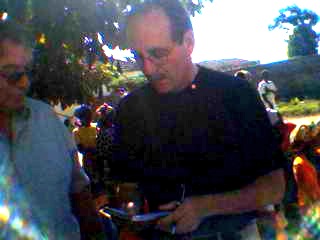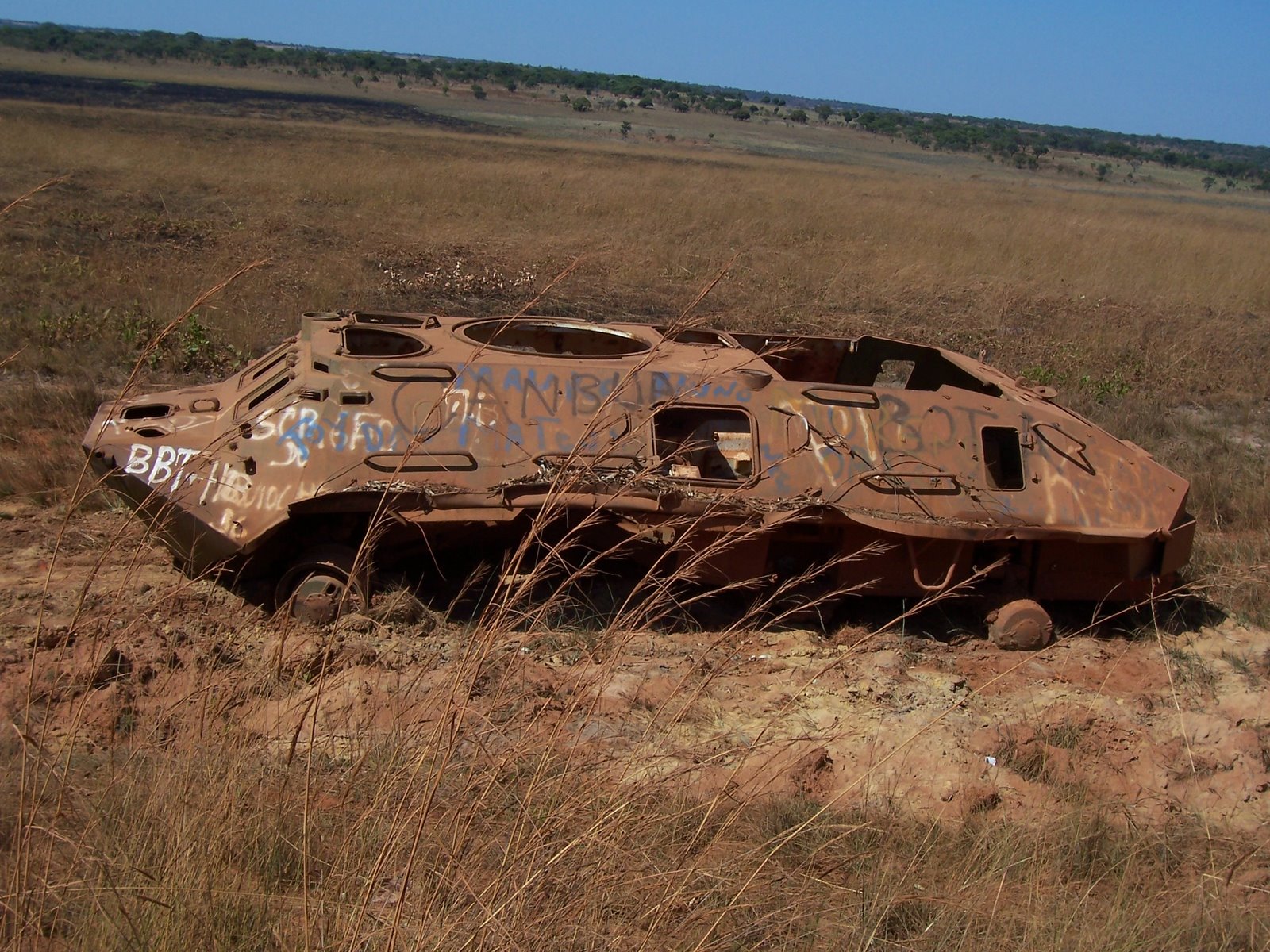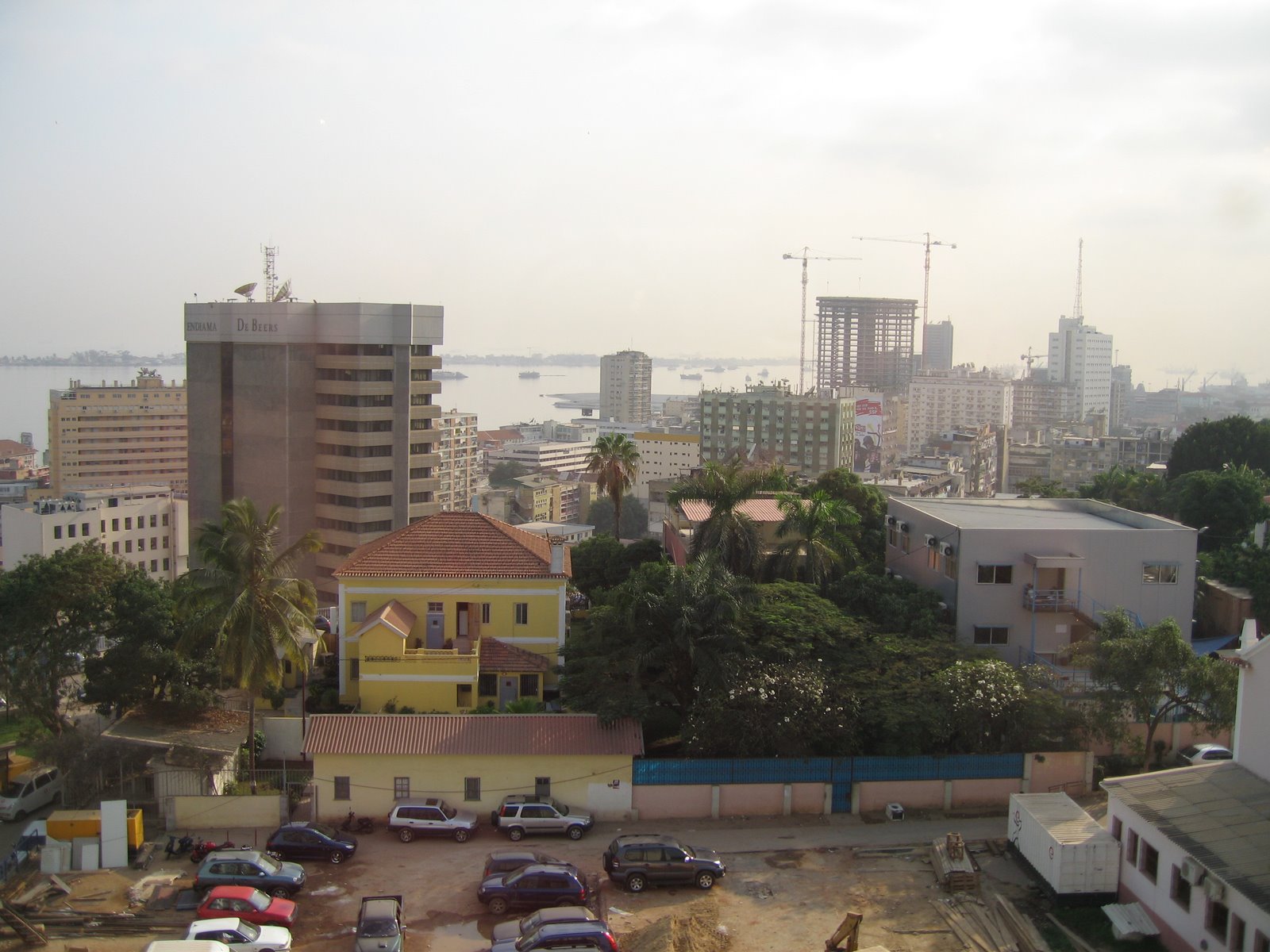
Steve Blum, Tellus Venture
Associates, doing project
due diligence in HuamboTelecommunications and transportation make the difference between subsistence farming and sustainable commercial agriculture in Angola’s Huambo province, where Tellus Venture Associates is supporting a development project through Rotary International. The physical infrastructure was obliterated during nearly 30 years of civil war, but mobile phone applications could soon provide a life-saving solution.
Potatoes sold in Huambo might earn $175 per ton, but could fetch $500 or more per ton in coastal markets, hundreds of kilometers away. Using fertilizer and improved seed varieties, a smallholder farmer might produce 2.5 tons per crop. But that seed and fertilizer costs about $375, which means selling it locally will net little more than $60, while selling it on the coast nets $875. With two crops a years, that’s the difference between trying, often failing, to survive on pennies day, and earning enough to buy a family basic necessities, including a level of education for the children.

Destroyed military equipment
litters the countrysideIt’s possible to stagger production within and among villages so that some produce can be sold on an annual contract basis. But agriculture is still largely a seasonal business, which makes up to date market information absolutely vital. The Gates Foundation and World Vision are working on filling that gap in Huambo. Lack of telecommunications infrastructure makes it very difficult, though.
The skeletal remains of utility transmission poles and towers are scattered throughout the province. Communications facilities were fought over and heavily mined during the war, and even today Huambo has one of the highest concentrations of landmines and active minefields on the planet.

Trunking within
and out of
Huambo is
based on
point to point
microwaveChinese, Brazilian and Portuguese companies are rebuilding roads and rail lines, and in a couple of places underground fiber optic lines are reportedly going in at the same time. Angola Telecom, the government-owned PTT, provides landlines and phone service. Private carriers are beginning to appear, but it’s hard to tell if claims of progress are supported by facts on the ground. It’s possible to get a POTS line in some towns – after a long wait or a quick, under the table payment – but reliability is low. The bulk of day to day communication in Angola generally, and Huambo province in particular, is wireless.
There are two privately-owned mobile carriers, Movicel (CDMA) and Unitel (GSM). Coverage for both is relatively good in the capital of Luanda, although both regularly experience outages and have significant gaps. As a result, it’s common in urban areas for people to subscribe to both and carry two mobile phones.
In rural Huambo, where the agricultural development project is continuing, mobile network coverage is spotty. But spotty beats nothing at all. The next step in the project is to set up a commodity price reporting service from coastal markets, via SMS and MMS.

Luanda, the capital,
has the consumers,
Huambo has the produceThe Gates Foundation is funding market development programs, which establish contractual relationships with coastal supermarkets, restaurants and other wholesale buyers. Mobile phones could provide the essential link between those markets and smallholders in Huambo.
Longer term the hope is to extend Internet access into villages, to enable ongoing education and technical assistance from agricultural and marketing experts, in addition to current market data. Right now, the focus is on finding a sustainable way of paying for VSAT terminals, but a terrestrial solution – WiMAX, say – is likelier to succeed. Given the ample high ground around the agricultural valley, a handful of base stations, maybe as few as one or two, could service all the current project areas. Backhaul could be terrestrial or satellite-based, although much of the project-related traffic would be local and could be handled through what would be, in effect, a WAN.
Operating expenses have to be tighly controlled. Even taking full advantage of coastal market opportunities, cash flow will be at low levels relative to the cost of international VSAT service. The cost of bandwidth has to be proportional to the actual value added by any given application, which favors keeping as much traffic as possible on a local network.
